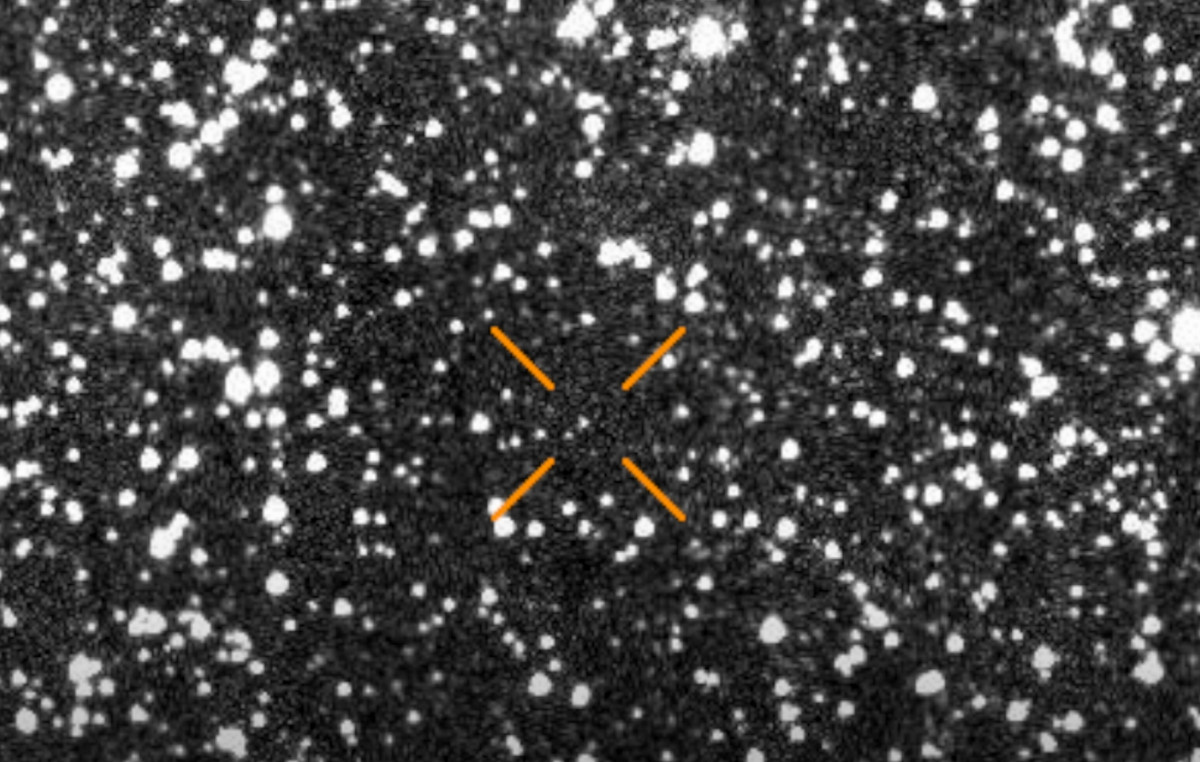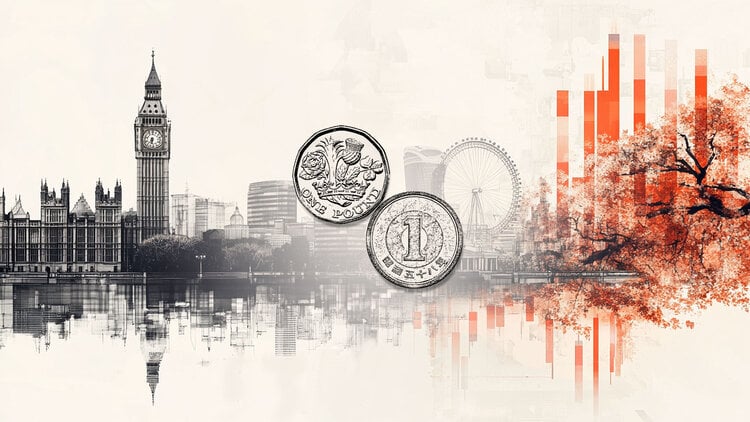The National Secondary Education Examination (Enem) 2021 will be held on November 21st and 28th, both in print and digital versions. And, in 23 years of history, the exam collects a series of innovations, milestones and controversies.
Created in 1998, during the administration of Paulo Renato Souza in front of the Ministry of Education, during the government of Fernando Henrique Cardoso, the exam had only 63 questions (currently there are 180) and, in the first year, had only 115,575 participants.
The grade could only be used at two higher education institutions, and the test was more often considered as a “student performance evaluation”. From 1998 to 2021, several changes made Enem one of the main gateways to higher education.
In 2000, more universities started using the Enem grade as a complement to their entrance exams. The entrance exam grade was increased by the sum of the result in the Enem test. PUC-RJ and the Federal University of Ouro Preto were the first universities to accept the grades.
Check out the most memorable moments of the exam below:
Registration Exemption
The Ministry of Education (MEC) started to grant exemption from the registration fee to students in the public network in 2001. Scholarship holders from private schools were also contemplated with the exemption.
With that, there was a jump in the number of participants, and the following year Enem registered 1,829,170 subscribers.
Prouni
The popularization of the exam can be explained by the change in the function of the test. If before, Enem was used to assess student performance at the end of basic education, in 2004 it became a prerequisite for anyone wanting to participate in higher education access programs.
The newly created University for All Program (Prouni) started to use the Enem score to grant full and partial scholarships to participants.
Sisu and Fies
In 2009, the MEC proposed to federal universities a unified entrance exam through Enem. More than 50 adhered to the idea and around 47 thousand places in public higher education institutions were offered to students through the Unified Selection System (Sisu).
With the creation of Sisu, Enem changed to the format used until today, with 180 questions and a wording, with the objective of replacing the entrance exam for the federal ones.
For 2011 there was another change: participation in Enem would be mandatory for anyone wanting to finance their studies through the Financing Fund for Higher Education Students (Fies).
theft of evidence
One of the biggest scandals in the history of Enem was the theft, leakage and attempted sale of the National High School Exam (Enem) exams in 2009.
The Federal Public Ministry in São Paulo (MPF-SP) asked for the conviction of the five involved in the case. Employees of the consortium responsible for administering the exam stole the material from inside the printer and the exam had to be postponed until the eve of the application, harming 4.1 million subscribers.
The estimated loss with the theft and postponement of the test is R$ 45 million. The Enem 2009 test was only applied two months later, with a high rate of abstention. Due to the delay, many educational institutions gave up using the exam grade in their selection processes, so as not to affect the university entrance exam calendar. This was the case of the University of São Paulo (USP) and the State University of Campinas (Unicamp).
wrong template
In 2010, the MEC had to reapply Enem to students who were harmed by errors in the assembly of the yellow test booklets, which did not contain all 90 questions. The error occurred on all cards, distributed to 3.3 million participants.
Another problem occurred in the sheet on which students mark the answers to the questions, which had the headings of the two tests changed. The exam had 90 questions, with the first half from humanities and the rest from natural sciences. But, on the score sheet, questions 1 to 45 were identified as natural sciences and questions 46 to 90 as humanities.
Regarding the problem with the response cards, the public notice provided that an Inep representative should review the material before printing. One of the explanations for the error is that in the previous year’s edition, the test had the inverse order of that applied in 2010.
Candidate data leakage
In 2010, the MEC confirmed the data leak of 11.7 million students who enrolled in Enem between 2007 and 2009. Information such as the student’s full name, enrollment number, identity card, CPF and The candidate’s mother’s full name was given free access on August 3rd.
According to a published note, the subscribers’ data are stored in a database of the National Institute for Educational Studies and Research (Inep) and are placed in a reserved area of the website, only available to higher education institutions and education departments that request The informations.
After the leak, Inep chose to change the access model to the notes to avoid new failures.
Miojo recipe and anthem of Palmeiras in the newsroom
The correction of Enem’s essays became more rigorous in 2013. Measures were taken so that cases such as insertion of ramen recipe or Palmeiras anthem – which received a score above 500 or more (half the maximum score), as happened in the edition that year – are not tolerated.
In the same year, the then president of the National Institute of Educational Studies and Research Anísio Teixeira (Inep), Luiz Cláudio Costa, defended the punishment of candidates who show some form of mockery in the newsrooms of Enem.
In 2013, according to the president, around 300 newsrooms were counted that contained some type of improper insertion.
Abstention record during pandemic
The second day of application of Enem 2020 had 55.3% of absences, record abstention in the exam, according to Inep. Of the total of 5,523,029 registered for the exam, less than half, 2,470,396, attended the test sites.
The test was applied in January 2021, as the application in 2020 had to be postponed due to the Covid-19 pandemic.
The Covid-19 pandemic caused schools to close and thousands of students were left without classes and without access to curriculum content. In addition to the feeling of unpreparedness for the exam, the fear of virus contamination also contributed to the record abstention.
Those who did not take the test due to symptoms of Covid-19 or another infectious disease had the right to take the test on the reapplication date, on February 23rd and 24th, 2021.
Digital Enem
Since 2020, the participant can choose between taking the printed exam or the Digital Enem, with tests applied on computers, in test locations defined by Inep.
The MEC announced the launch of the modality in 2019. In the pilot project, 96,000 candidates were registered, but the abstention rate reached 68%, due to the pandemic. The MEC predicts that the application of Enem will become 100% digital by 2026.
team stampede
Thirty-seven employees of Inep, the body responsible for the National Secondary Education Examination (Enem), have asked for collective dismissal from their positions in response to what they classify as “mismanagement” of the institute, a body linked to the Ministry of Education and responsible for the application of all public examinations for teaching assessment in Brazil.
The team’s disbandment took place this Monday (8), days before the application of the 2021 race, which will take place on November 21st and 28th.
The Minister of Education, Milton Ribeiro, stated that the exam schedule is maintained.
*With information from Agência Brasil
Reference: CNN Brasil







